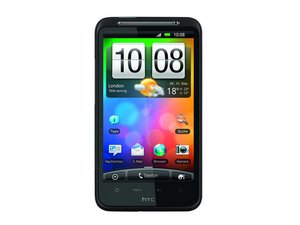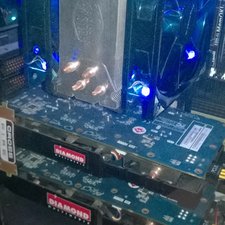What layers and components does the screen consist of?
Edit: This is 11 years later, but I just wanted to thank everyone who helped me in this thread as I never wrote a conclusion.
I ordered a digitiser from eBay which cost ~$20 USD, spent a day disassembling the phone (quadruple-checking every step) and repaired my screen with zero issues!
All up I saved $155 because the quote a repair shop gave me was $175. The phone itself had only cost me $85 on top of a 24m plan so fixing it myself was the only realistic solution. Very grateful to iFixit and a bunch of YouTube videos made at the time.
What are the 'layers' that make up the screen of the phone?
From my lack of understanding, here is what it seems to be:
(Imagine the phone laying face up)
[Towards front of phone]
- Glass panel -
- Digitizer -
- LCD screen -
[Towards back of phone]
I'm guessing that's wrong however. Is there another plastic or glass layer somewhere in there? Is it out of order? Is the glass panel the LCD screen?
Thanks in advance for all your help!
digitiser display panels WVGA TFT touch touchscreen capacitive part component make up makeup make-up layer (this is just here to help with searches)


 2
2  1
1 
 2.4千
2.4千 





2条评论
Just tag the question. You do not have to add your search strings on the bottom of the question ;-)
由 oldturkey03 完成的
Thank you @oldturkey03 @dman113 @BurnieG @j3illye22 @teetopp @Simon Pengelly, I edited the question with a decades-after conclusion :)
由 Ron Au 完成的